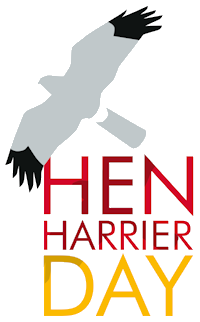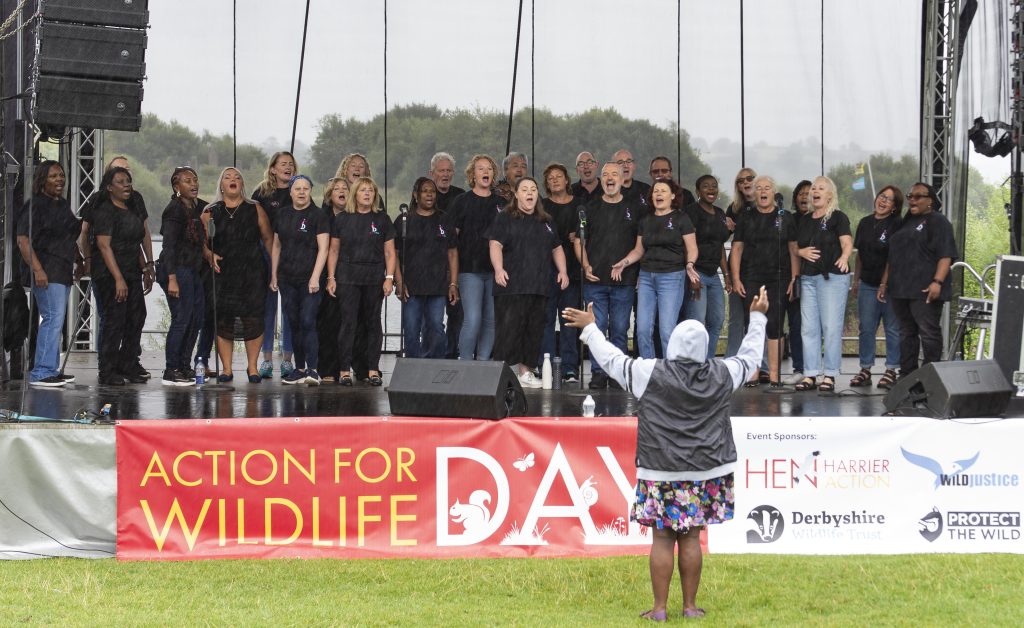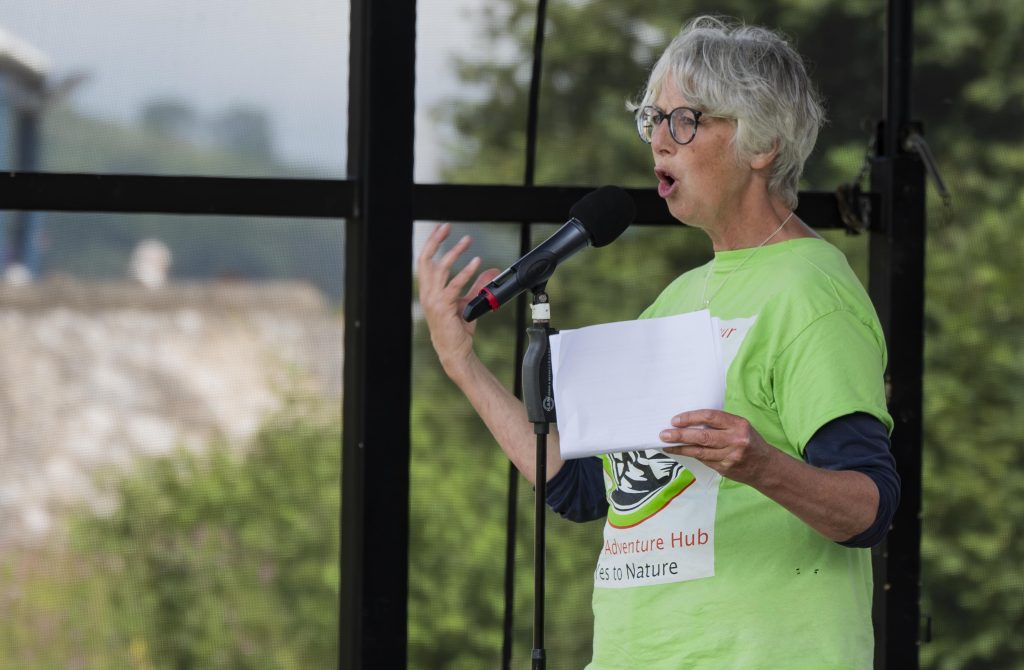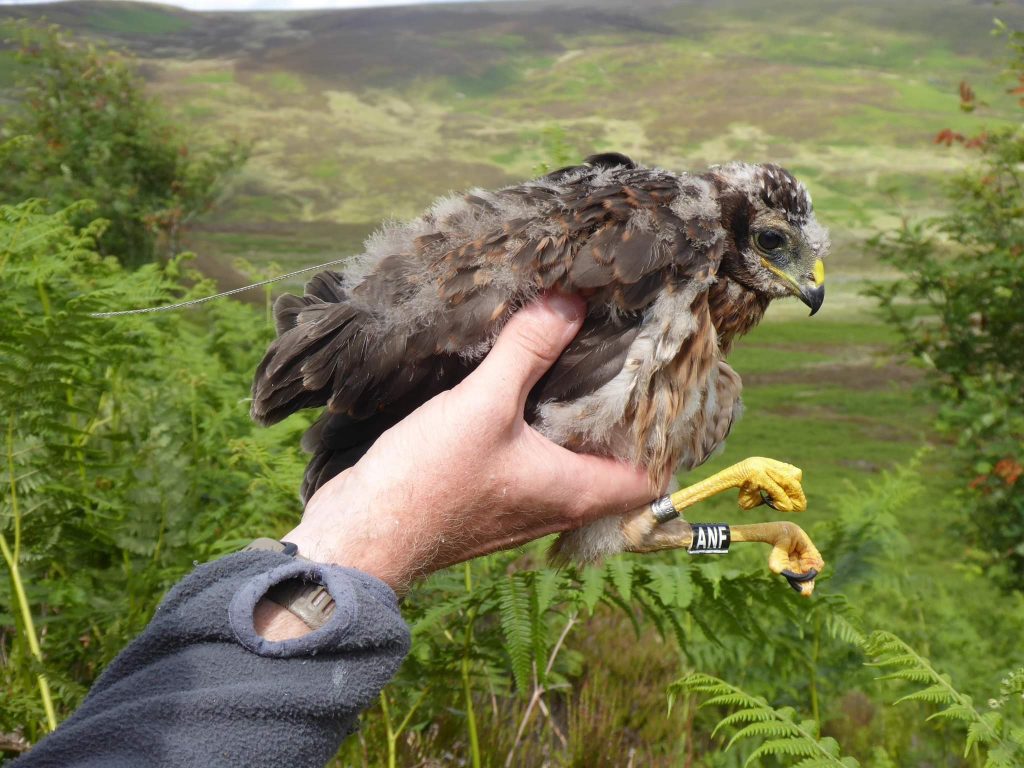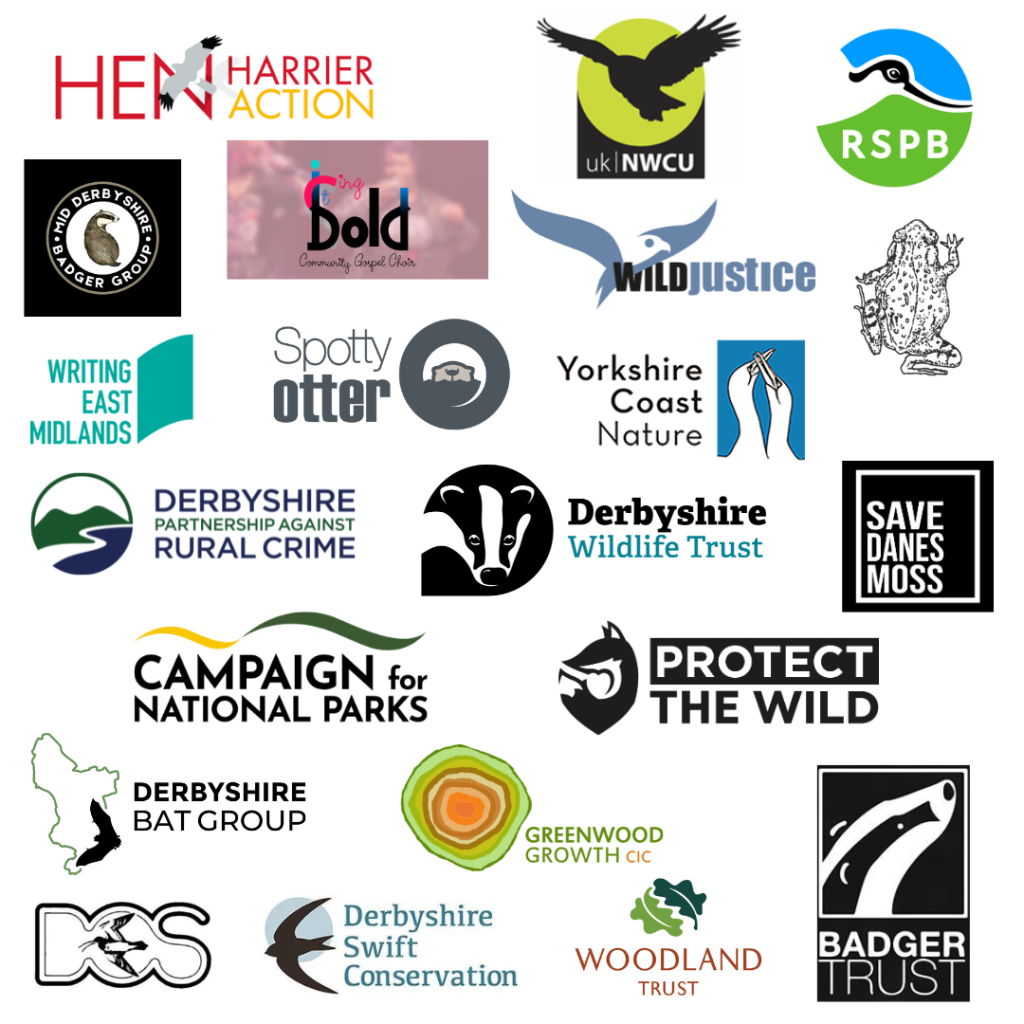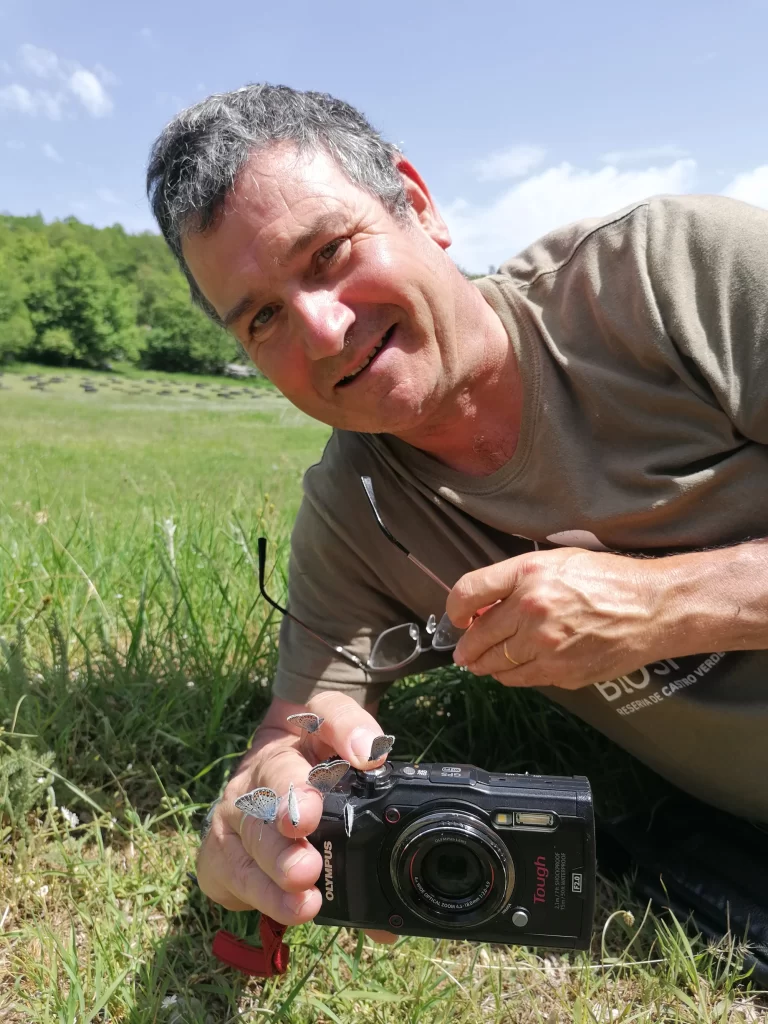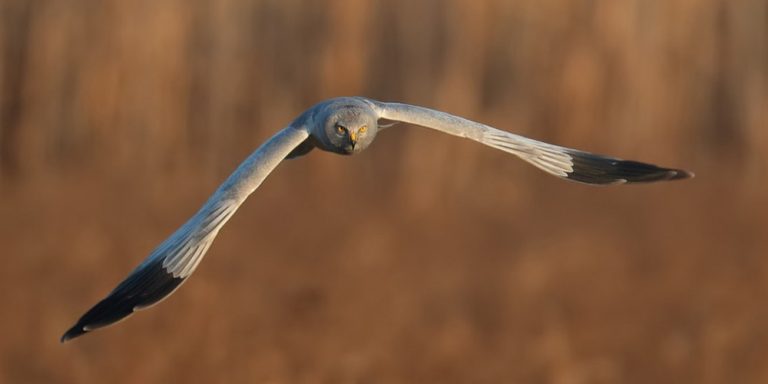
The Hen Harrier is native to the British Isles and breeds in our upland hills and moors. It is a bird of prey, also known as a raptor, which feeds mainly on small birds and mammals. In winter some birds remain in the hills, but others move to the lowlands including coastal areas, where they will share communal roosts. Satellite tagging has shown that individual birds can travel great distances, from the north of the UK into European countries such as France, Spain and the Netherlands, where they mix with other Hen Harriers.
The Hen Harrier is a ground-nesting bird. To protect the nest site the male, which does most of the hunting whilst the female is incubating the eggs and chicks, passes prey in mid-air to the much less conspicuous female to return to the nest. This has evolved into a wonderful aerial courtship display, giving the bird the nickname ‘Skydancer’. The Hen Harrier is one of our most charismatic birds, but scientific surveys to estimate the population size in the UK suggests the numbers of birds present has been declining.
The Hen Harrier has a distinctive call, and you are lucky indeed if you hear it. This recording is courtesy of the Russian Academy of Sciences, with very many thanks to Olga Dmitrievna.
Hen Harriers are under threat in the UK
The Hen Harrier faces many threats. In the UK by far the largest threat is illegal persecution; it is one of the most persecuted birds of prey in the UK, relentlessly shot and trapped on many grouse moors, despite being legally protected. The 2021 RSPB Bird Crime Report notes ‘a startlingly clear connection between raptor persecution and land managed for gamebird shooting’.
Scientists estimate that the UK has enough suitable habitat to support 2,600 pairs of Hen Harriers. The Joint Nature Conservation Committee report estimated that just over 21% of land in the UK is suitable for Hen Harriers. Yet in the last national survey of the Hen Harrier population carried out in 2016 only 545 territorial pairs were found. This means we’re missing around 80% of our Hen Harriers.
In England alone there is enough suitable habitat for over 300 pairs of breeding Hen Harriers but in 2022 there were only 34 successful nests – itself a record for recent years. Furthermore, many of the young birds don’t even make it through their first year, let alone survive until the age of two, when they can first breed. Most UK Hen Harriers are in Scotland but even there its population declined by 27% between 2004 and 2016.
Hen Harriers are poisoned, shot and trapped on grouse moors
Illegal persecution on driven grouse moors has long been recognised as the main factor preventing recovery of the Hen Harrier population. A 2019 government-commissioned study showed that 72% of satellite-tagged Hen Harriers are likely to have been illegally killed on or next to grouse moors. Hen Harriers are 10 times more likely to die or disappear in suspicious circumstances on or near a grouse moor than in any other habitat.
Hen Harriers are not even safe inside some of our National Parks according to the study. Grouse moors in the Peak District and the North York Moors National Parks showed a strong correlation with tagged Hen Harrier disappearances. So too did the Nidderdale Area of Outstanding Natural Beauty (AONB), prompting public condemnation from the Chair of the AONB, who also expressed concern that the reputational damage would affect tourism and other inward investment.
A new study, published in 2023 by the renowned scientific journal Biological Conservation and co-authored by HHA’s chair Dr Cathleen Thomas, shows that illegal killing is the main cause of death for older Hen Harriers, and that illegal killing was highest in areas managed for grouse shooting.
The report concludes that yearly survival rates of Hen Harriers are ‘unusually low’ and highlights the significant role that persecution plays in limiting Hen Harrier populations in the UK. Using data from the biggest GPS tracking study of Hen Harriers in the world, the report concludes that tracked individuals typically lived an average of just 121 days after fledging.
Cathleen Thomas commented, “It makes grim reading, but this report adds significant new data to the overwhelming body of evidence demonstrating that persecution linked with grouse moors has a devastating impact on Hen Harrier populations and must be stopped”.
Prosecution is difficult, and sentences are inadequate
Hen Harriers are protected under the Wildlife and Countryside Act 1981 and killing them is against the law. Criminals who illegally kill Hen Harriers on grouse moors are difficult to catch, due to the remoteness of the locations. This makes it challenging to detect the level of crime against birds of prey. But we know that the illegal killing we have identified – mostly through expensive satellite tags – is the tip of the iceberg. And even when there is good evidence, prosecution is difficult.
A gamekeeper caught on camera shooting a Hen Harrier on a grouse moor in Scotland escaped prosecution because the video footage was deemed ‘inadmissible’. Even if there is a successful prosecution, the available sentences are low – raptor persecution could result in an unlimited fine or up to six months in jail.
Find out more about satellite tagging Hen Harriers
Each year Hen Harrier Action funds several satellite tags that are fitted to Hen Harriers in the UK during the summer. Our Chair, Dr Cathleen Thomas, coordinated the largest tagging programme for Hen Harriers in Europe whilst she was leading the RSPB’s Hen Harrier LIFE project and told us a little bit about how it all works.
Join a Hen Harrier Day event and show your support!
There is much to be done to tell the stories of our birds, and Hen Harrier Day events seek to contribute by adding to public and media awareness in the days immediately before the ‘Inglorious’ 12 August, the start of the grouse shooting season. Find out how you could run a Hen Harrier Day event and show your support.
